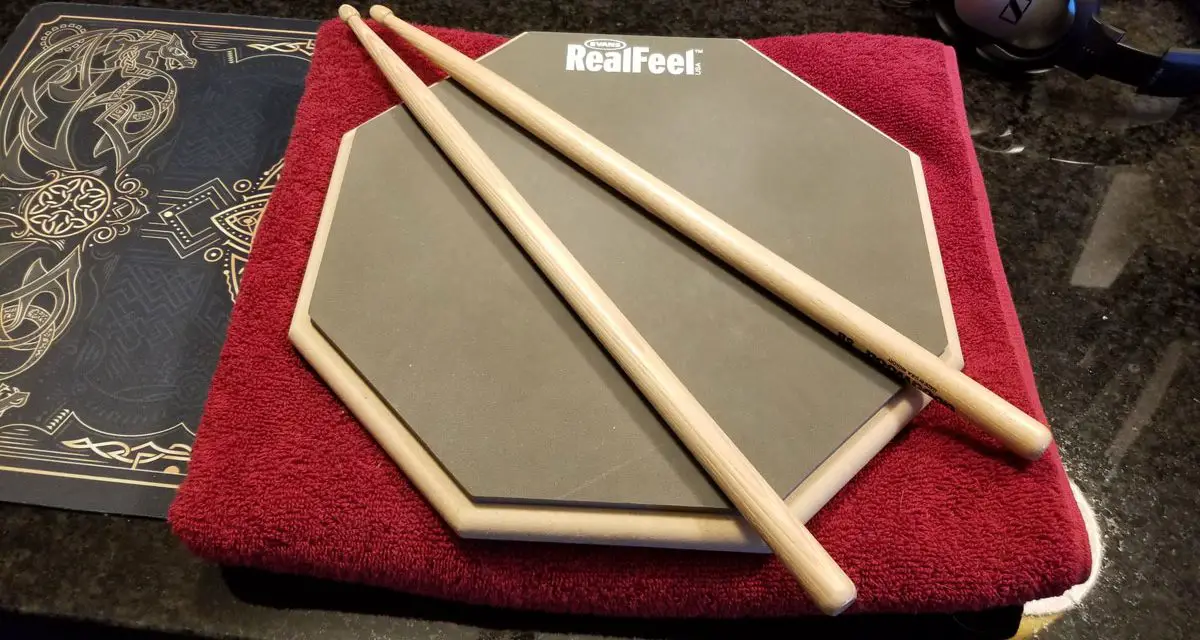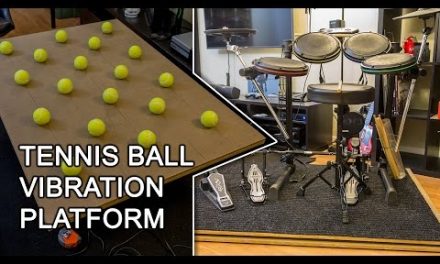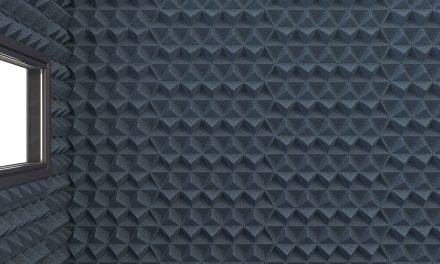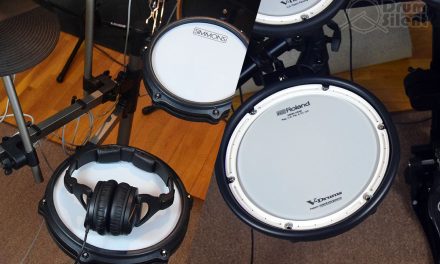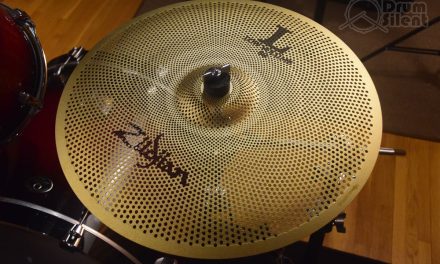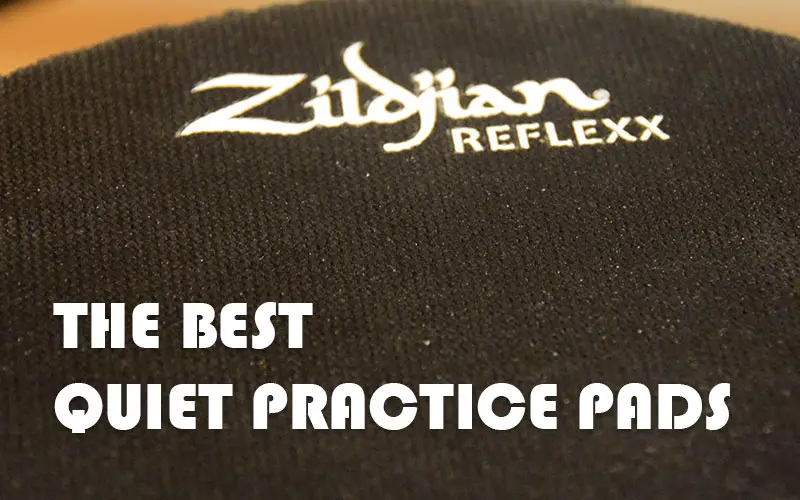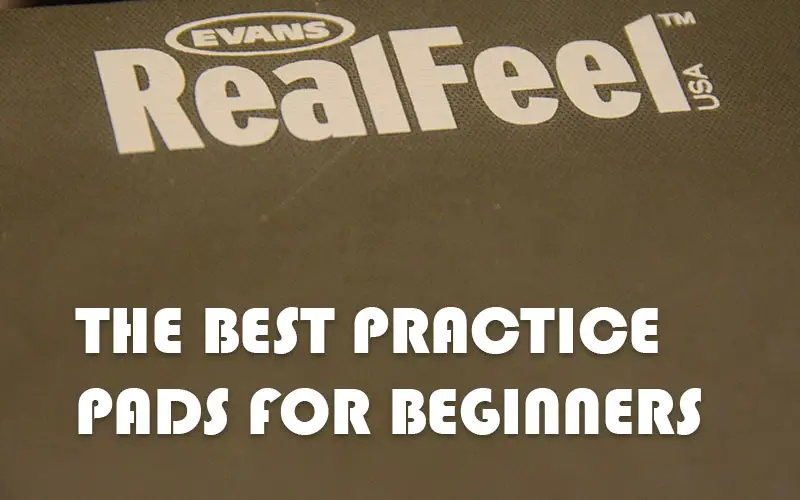There are no specific sticks that are required for practice pads. It’s a good idea to practice with the same types of sticks you typically use when playing your drum kit for familiarity purposes. You can also mix it up and use different sizes and weights of sticks to challenge yourself and widen your capabilities.
Practicing with Common Drum Sticks
Even though I’ve moved on to some more specialized stick sizes and weights through my drumming years, I still like to use some standard stick sizes when practicing on a pad. I like to keep some 7A, 5A, 5B and 2B drum sticks around so that I can use them all on the pad from time to time. I do this just so that I’m always familiar with what these standard stick sizes feel like. This is helpful since sometimes you might end up in front of unfamiliar gear whether it’s a house kit at a gig or a spontaneous playing opportunity where you don’t get to use your familiar pair of sticks. It’s good to be able to adapt and not feel like you need a specific type of gear to play well.
Drum stick materials are something else to consider but there’s really no limitations when it comes to playing on a practice pad. Both wood tipped and nylon tipped sticks work fine with practice pads. Stick durability isn’t quite as crucial for practice pad use as it can be for drum kit use. Hickory sticks are common and offer a good balance of durability and feel. Maple sticks can feel lighter and might be less durable, but the reduced durability isn’t an issue with practice pads. Oak sticks can feel more dense and might be better for harder, heavier players.
Use The Type of Sticks You Use to Play Your Drum Kit
When I’m playing my drum kit it’s usually heavy metal and I tend to use a larger, heavier stick for that. It’s just my personal preference but not required. The Vic Firth American Classic Metal sticks are a good example. For less weight but extra length I also like the 17 inch 5B sticks from Scorpion Percussion. I like the longer length for reaching everything around the kit and heavier weight for a more impactful sound.
I make sure to practice on the pad with these different types of sticks since it’s definitely a little different in terms of feel. Switching between the longer, heavier sticks and a pair of 5B sticks while on the pad, for example, gives me some variation in terms of putting muscles to work differently and working with different types of response and rebound.
Long story short, mixing in some standard stick sizes but also using the types of sticks you use on your drum kit is a good way to approach the practice pad.
What Sticks Should Beginner Drummers Use With a Practice Pad?
For beginners working on practice pads I’d recommend starting out with wood-tipped 5B sticks since that is the most common style and size. Then experiment with other stick sizes as your skills start to progress. Depending on what styles of music you play and what your goals are, you may decide you prefer a different size and weight of stick.
If you’re standing in front of the stick wall at your drum shop as a beginner and your head is spinning, just grab a pair of 5B sticks and don’t think too hard about it. It’s more important to start practicing than to worry about what sticks you’re using when you’re getting started. If you’re taking lessons your instructor might have some recommendations as well depending on what you’re learning to play.
Once you start to develop your chops and get a better understanding of the techniques you like to use, you’ll find yourself wanting to experiment with other types of drum sticks, and you’ll be able to more easily target specific types sticks to experiment with from the mind-numbing sea of options out there.

